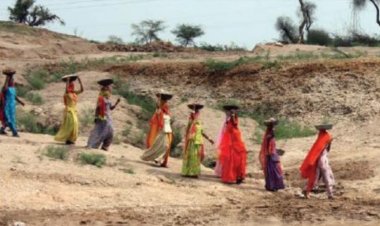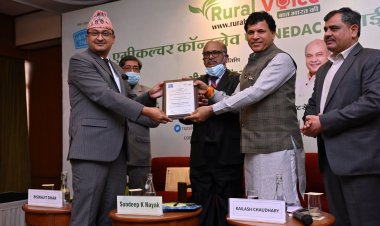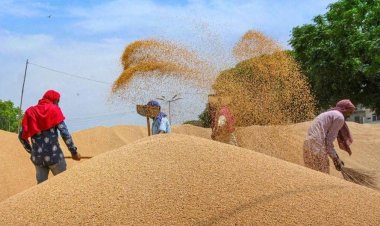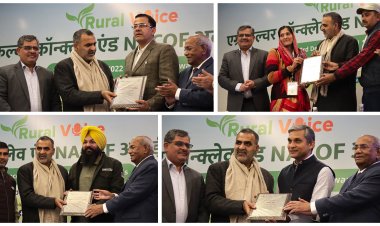Improve the lives of people where they are: UN
The World Social Report 2021, titled “Reconsidering Rural Development”, has been launched. It calls for better connectivity, in terms of both physical and digital infrastructure, so that urban migration is checked. New technologies can bring better jobs and a city quality of life to rural populations, lifting millions out of poverty.
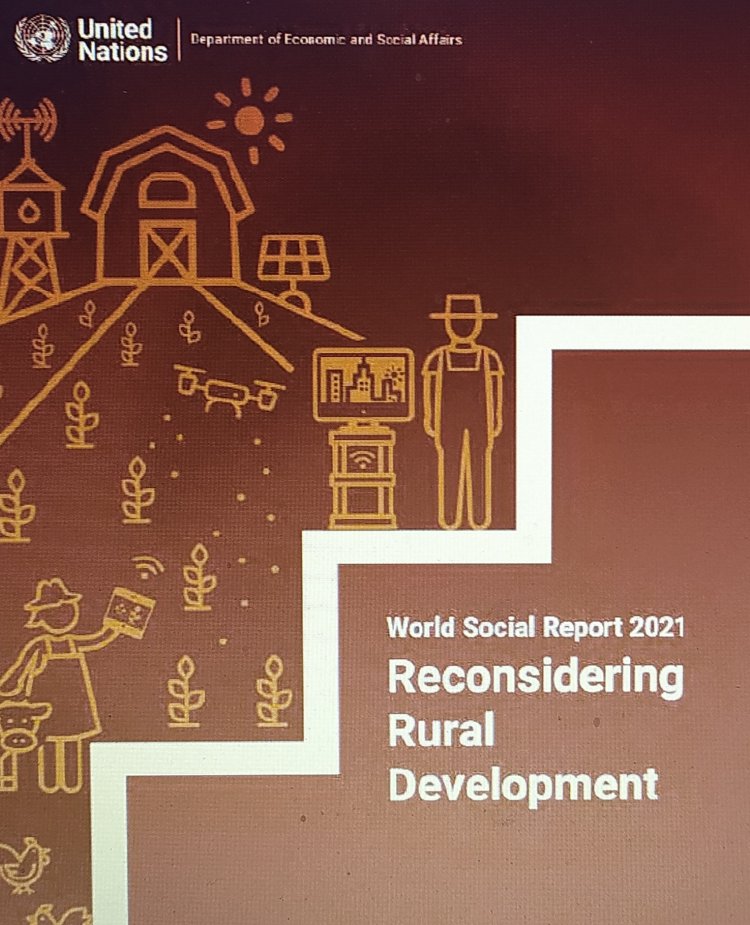
The World Social Report 2021, a flagship publication of the UN Department of Economic and Social Affairs (UN DESA) on major social development issues, has been launched today May 20. The report titled “Reconsidering Rural Development” offers new strategies to ensure that the 3.4 billion people who live in rural areas are not left behind as global efforts focus on boosting socio-economic growth and tackling climate change in the middle of the COVID-19 recovery.
According to the newly released report, new approaches made possible through improved access and Internet connectivity can raise the standard of living for people living in rural areas, without them having to migrate to cities.
The COVID-19 pandemic, along with already persistent high levels of poverty and inequalities, is threatening to stall progress for the world’s rural populations. But the pandemic has also proven that new technologies can enable rural populations to flourish, ending the rural-urban divide.
UN Secretary-General António Guterres said the new technologies opened up new opportunities for rural development. “Opportunities exist to build a greener, more inclusive and resilient future. The experience of the pandemic has shown, for example, that where high-quality Internet connectivity is coupled with flexible working arrangements, many jobs that were traditionally considered to be urban can be performed in rural areas too.”
The rise of new digital technologies provides an opportunity to bridge the rural-urban divide, by providing rural populations with access to digital finance, precision tools for better crop yields as well as jobs that can be done remotely.
Some 67 per cent of the populations of low-income countries and 60 per cent of lower-middle-income countries are rural. About 80 per cent of those living below the international poverty line reside in rural areas, and about one-fifth of rural people live in extreme poverty – a rate that is four times higher than for the urban population – and have less access to education, health and other essential services.
Rural women, older persons and indigenous people continue to experience discrimination when it comes to land rights and employment. Rural areas contain most of the planet’s natural capital, which is currently being depleted and degraded. Deforestation and unsustainable land practices have greatly contributed to climate change and the spread of zoonotic diseases.
The report offers new strategies to ensure that the rural population — nearly half of the world’s people — is not left behind as the world escalates efforts to boost the economy, reduce inequalities and tackle the climate crisis. The report calls for improving the lives of people where they are — that is, improving rural standards of living.
Extending urban benefits to rural areas
Called “In Situ Urbanization,” the approach seeks to ensure that the rural population is able to enjoy the same standard of living as the urban population, without the negative side effects of unsustainable urbanization. In Sri Lanka, Japan and China, the report found examples where improved access to education and health care, increased investment in rural infrastructure and reduced income disparity between rural and urban areas have led to better living conditions for rural populations.
The report notes that in China, India and Indonesia, while rural poverty fell between the 2000s and 2015, rural inequality increased. To drive social progress in rural areas, addressing inequalities must go hand in hand with efforts to reduce poverty levels. This includes new land reform policies, expanded social protection as well as the abrogation of discriminatory laws that effectively tackle the inequalities that rural women, indigenous people and other vulnerable populations experience.
Land degradation and emergence of zoonotic diseases
According to the report, the change of natural habitats to agricultural land has led to 60 per cent to 70 per cent of total biodiversity loss and the loss of forests and wilderness is credited with the rise of zoonotic diseases like COVID-19. The Intergovernmental Panel on Climate Change (IPCC) states that approximately 31 per cent of global greenhouse gas emissions are directly related to agriculture and land-use changes. Policies would need to be put in place to build resilience and reduce the vulnerability of rural livelihoods to climate change. The report recommends taking steps to develop crop varieties that are less land-intensive, practising mixed farming and switching to the circular economy.
Additionally, a water deficit of about 30 per cent is expected by 2030 and nearly 95 per cent of the earth’s land areas could become degraded by 2050 if current patterns of rural development continue. Measures that promote the sustainable use of resources as well as food security must be considered.
Boosting the agricultural sector
Countries that are home to at least 501 million agricultural workers are at risk of not achieving the Sustainable Development Goals (SDGs) target of doubling agricultural productivity and incomes of small-scale farmers by 2030. The report acknowledges that more action is needed to boost agricultural productivity by improving infrastructure, using appropriate technology, providing incentives and increasing investments. It is also important to focus on agricultural models that are country-specific and are geared towards supporting smallholders.
Diversification is also key to a rural transformation. Expanding non-farm activities — a potential source of income for young people — should be part of the new strategies.



 Join the RuralVoice whatsapp group
Join the RuralVoice whatsapp group
































